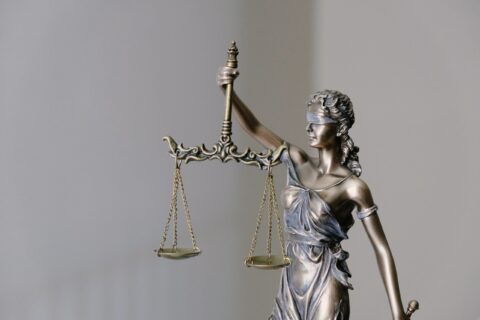Do You Legally Own the Artwork You Possess?
~ Legal Title ~
(as it pertains to works of art)
The age old adage “possession is 9/10 of the law” does not always apply when dealing with fine art or collectibles.
Legal Title is the act of having full “legal” ownership and interest in the work of art that you possess.
For years the term “due diligence” has been thrown around in the art world. The act of conducting due diligence investigations is thought to be the answer to an artworks ownership and authenticity questions. Due diligence can be defined a number of ways, here is just one of those ways… “It is the duty of the buyer to gather necessary information on actual or potential risks involved in purchasing a work of art. (brought to us by http://www.businessdictionary.com/definition/due-diligence.html#ixzz239V2YwUq ) An obvious follow-up question that arises from this is: What level of diligence is “due diligence”? As explained in Brand v. Schenectady & T.R. Co., 8. Barb. 368,378. – “Diligence is a relative term, and must be proportionate to the danger against which it is required to guard, or in State v. Scott, 34 So. 479, 481, 110, La. 369.11. – “Due diligence, in law, means doing everything reasonable, not everything possible.”
Because of the long standing business practices in the art world, conducting due diligence prior to an art transaction is extraordinarily difficult. Buyers can rarely find the owner of the work being sold at auction or through a gallery (unless offered by the artist themselves). This information has long been considered confidential by the consignee. In an attempt to satisfy the buyer, the consignee, as part of their contract with the seller, includes a clause that the current owner has clear title to the work being sold. The inherent problem with this is that the current owner likely never had the conclusive information to swear to his own legal ownership. A vicious circle to say the least!
Art is accompanied by documentation, commonly known as provenance. Provenance; “to come from”, is the record of physical ownership of a work. Provenance is fact, not supposition and good provenance can provide critical information into the origins of the work. Provenance should not be confused with authentication although researching provenance is good start to any authentication. Furthermore, authentication should not be confused with having legal title. You can have legal title of a copy or forgery. [I’m not discussing authentication any further here as that is a subject in and of itself]
Legal title may or may not overlap with provenance. The art and collectible market is one of the largest, legal, global markets with over 50 billion dollars being traded in a year’s period. Art theft creates another multi-billion dollar industry each year. Theft however, is not the only means by which legal title problems are incurred. Other types of encumbrances include divorce and probate disputes, unpaid taxes, bankruptcy, creditors, and customs violations. If you thought physical ownership was hard to trace, try uncovering some of these financial disputes. One example of this is a collector used a painting as collateral in a business transaction. The owner soon passes away leaving his estate to his daughter. The daughter offers the painting, along with other collectibles, for sale at a local auction house. As mentioned earlier, the daughter signs the statement in the consignment contract that she now has legal ownership of the property. Here is your problem as the buyer. Let’s say the provenance is good. Dad owned the painting who bought it directly from the artist 40 years ago. It was now inherited by the Daughter. Solid: Artist to the first owner…to the daughter. But who now has legal ownership of the painting? You do your “due diligence” and purchase the painting at auction only to find out later that there is a lien on the painting due to that undiscovered loan. Another example is an artist who consigned his work to a gallery that sold several pieces at a show and in turn, did not pay the artist. Again, who here has legal title the purchaser or the artist?
All being said, the procedures in place for transactions involving artwork or collectibles inherently leave the buyer at risk. You should conduct your “due diligence” not only with respect to provenance, but to legal title. And as case law suggests, I’m going to paraphrase here; do everything reasonable and proportionate to the danger against which it is required to guard.
I am not suggesting that this covers all aspects of Legal Title, Provenance or Authentication. This is simply a “heads up” to the problems that can arise in art and collectible transactions. I recommend additional reading on these subjects so you can make better, informed decisions when purchasing artwork or collectibles for your collection.
UPDATE
This was just in a news feed that I receive…
– Collectors Sue Belatedly Over Lost Rockwells: Collectors Larry Kritcher and Eve Thyrum are seeking $500,000 in punitive damages from Manhattan gallery Illustration House, which they believe stole four Norman Rockwell paintings they consigned in 1995. Strangely, the collectors didn’t seem too bothered by the missing pieces for some time: “They say they received no word about the works for 16 years, until they started calling Illustration House for updates… this year.” [Courthouse News]
If you bought one of these from Illustration House, do you have legal title?????

